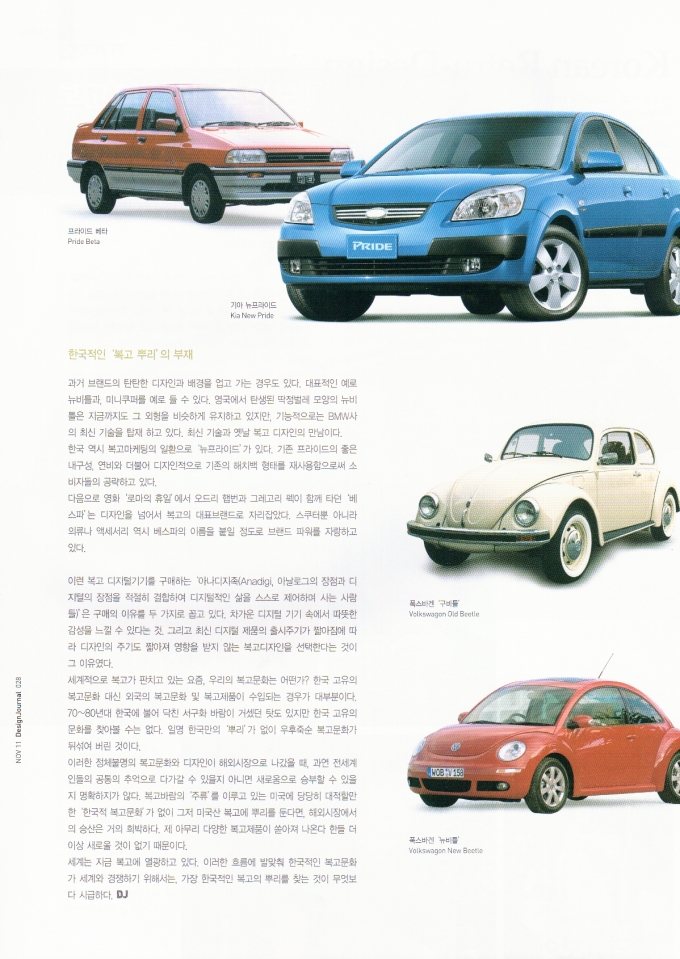Bullying Beijing
Over the weekend, Chinese protesters, denouncing a list of issues from Japan to censorship, massed in small cities amid large contingents of riot police. But, within official circles, according to Dr. Satoshi Amako, anti-Japan protest seems to have had more impact. Amako makes a case for blaming the The Senkaku Islands incident on factions within the ruling Communist party.
…How should we interpret the recent sequence of events? After the incident occurred on September 7, the current situation was set in train by Japan’s rigid stance, arresting the Chinese sea captain and extending his period of detention. On the Chinese side, economic transactions and large scale tourist group trips bound for Japan were quickly cancelled, and additional harsh action also appeared to be in the offing. Japan conceded releasing the ship’s captain, and still China didn’t yield, demanding an apology and financial compensation, and detaining four Fujita Corporation employees. However, before long embargoed Japan bound rare earth exports resumed, and three, and then eventually the four, Fujita employees were released.
(…)
The first problem is whether this incident was accidental or intentional.
Foreign Minister Maehara, having seen the video evidence, described it as ‘clearly a ramming’, asserting that it was intentional. China on the other hand claims the incident was accidental as the collision happened while the fishing boat was attempting to escape from being encircled by patrol boats. Putting all this together, I see it as an intentionally planned action by the Chinese side. The main reasons for this are: (1) the large gathering of Chinese fishing boats in the area; (2) the recent assertive actions by China in the South China Sea regarding Chinese territorial claims and the expansion of maritime interests; (3) the Chinese authorities’ consecutive stubborn actions leaving no scope for negotiation in the immediate aftermath; and (4) Japan’s willingness to publicly release the video, demonstrating a positive approach.
The second problem is why the situation played out this way. There are number of interpretations. First, it was a sphere of influence battle between Japan and China over the East China Sea, including territory. If China were to recognize Japan’s at-first-stubborn-actions and its handling of the issue according to domestic law, China would be seen to be yielding to Japan. Accordingly China sought to make Japan, who at one stroke had taken a stubborn line, yield. Second, it was a manifestation of a rising China’s great-power-hegemonic-consciousness. China’s GDP has surpassed Japan, and its rapid economic growth rate of around 10 per cent continues. China’s military strength has already overtaken that of Japan, and China is now said to be engaged in the construction of aircraft carriers. With the intention of displaying its own strength, China came out with an equally stubborn stance. Third, it is a reflection of a domestic conflict in China between the ever increasingly powerful vested interests groups — particularly in this case surrounding the issue of marine resources development between those who assert independent development by China and those who give precedence to joint Sino-Japanese development. Finally, it is a reflection of a leadership struggle within the CCP. With the Central Committee of the CCP’s 5th Plenum in prospect and now under way, and heading toward the CCP National Congress in 2012, serious tension is said to be emerging within the ruling circle of top leaders — over broad personnel changes. Those opposed to the leadership of Hu Jintao and Wen Jiabao are thought to have made use of Japan-China relations to shake the balance.
Perhaps all four interpretations, intricately intertwined, contributed to the overall situation.
The increasing influence of vested interest groups on policy decisions is also remarked upon by many Chinese. Since the incident broke out just as Japan and China were looking toward negotiations to conclude a treaty on gas fields in the East China Sea, we cannot rule out the possibility that opposing factions manoeuvred to thwart the negotiations. Following the release of the ship captain on the September 24, China high-handedly continued to demand an ‘apology and financial compensation’. So why did China turn about face resuming rare earth exports, releasing the Fujita employees, and moving to mend relations? The forces that opposed joint development of the resources were successful throwing that off course. Still, they feared that with Japan’s courting of international public opinion, excessive pressure or high-handedness would produce a lasting anti-China backlash. It seems a re-positioning took place within ruling circles in China on September 25. The issue for the future is how Japan and China will find a launching pad to mend their relations.
Amako fails to emphasize it, but it takes two to make a quarrel a crisis. So, I think #4 is the clincher. But, in all four, there is a confluence of domestic willingness (#3) and structural opportunity (#2) that makes for that perfect combination of factors. Standing up to a bully is never easy, but Tokyo now faces a future where just appearing tough is not enough. The Japanese need to be wiser than possible, and luckier than probable.

Powered by ScribeFire.
Filed under: Academia, East Asia, Maritime, Politics Tagged: china, daioyu, east china sea, japan, senkaku













Recent comments